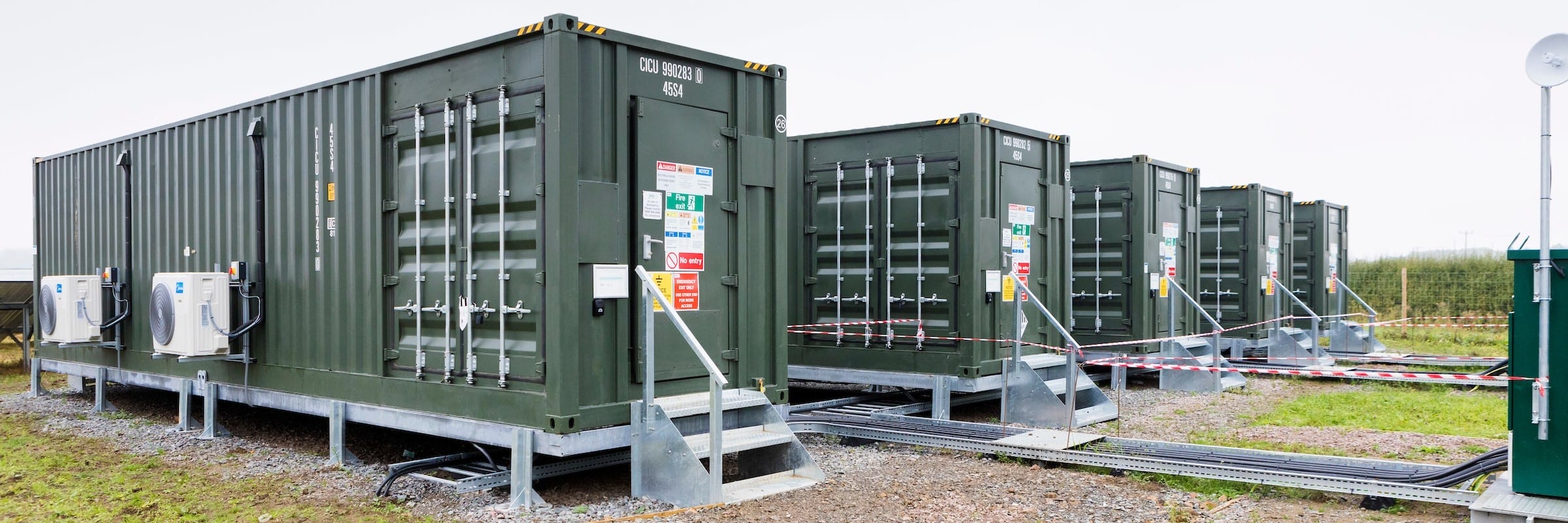He also suggested the market should stop dwelling on the “merchant risk” that is frightening debt investors and instead get used to a merchant model that can be exploited by smart operators.
“The smart investors are investing in storage, like they did with solar. The ones that invested earlier made good money,” Shine told The Energyst.
He said while limited long-term visibility on revenues may be limiting investor appetite in the short term, market fundamentals should give comfort.
“Battery storage is key to increased renewables penetration and 2030 and 2050 targets, so logic says this has to take off and the smart operators are buying assets off us,” said Shine.
“We would like to own more assets ourselves, because the returns are good.”
Get used to it
Shine contrasted investor perception of risk in storage with a somewhat different approach applied to property speculation.
“People talk about ‘merchant risk’, which frustrates me. Banks put a lot of money into new buildings in London, with no guarantee of rent for the next 20 years, never mind Brexit,” he said. “Yet we depend on energy every day – and as long as the Balancing Mechanism has been around there has been instability in the market [providing opportunities for flexible assets].
“So it is not ‘merchant risk’, it is just ‘merchant’ and the banks need to get used to it.”
Shine said banks are starting to get comfortable and make initial investments and believes “it will snowball … we got to 13GW pretty quickly”.
Behind the meter
While the company has traditionally developed grid-scale, in front of the meter assets, Shine said Anesco is also looking behind the meter (BTM) and was in discussions with industrial and commercial (I&C) firms to install assets that will achieve a two-year payback. The firm has also installed three batteries at a food processor enabling it to harness its own generation from food waste “all day long”, said Shine.
However, he said I&C sector BTM projects, due to the number of stakeholders involved, is “quite slow…. It can take over a year to come to fruition”.
Charging regime change
Shine said businesses should not be put off looking at BTM storage due to regulatory uncertainty, as Ofgem works to change how businesses pay grid charges.
“There has to be some charge”, even for those increasingly off grid, said Shine. “They will still rely on the grid for back-up, so there has to be some charge for it. But it shouldn’t be more than what they are paying now in terms of use of system and they will still get power cheaper. And the industrial and commercial customers can get investors to pay for it, take a smaller benefit and meet carbon targets.
“So [charging regime change] is not a reason for I&C companies not to do something.”
Co-location and return of solar
Anesco’s subsidy free storage and solar development at Clayhill Farm was seen by some as a success due to perfect circumstances – not least an adjacent development with spare connection capacity.
But Shine is bullish.
“We have another three in the pipeline so it is not a one-off,” he said, adding Anesco already has a potential buyer for the three sites, “and the next one will be built on demand.”
While Shine says the returns from standalone batteries are better than [unsubsidised] solar alone, he is confident “the government will do something with the CfD, and certainly the Capacity Mechanism – and then we will start to see returns for new solar, for sure”.
Reproduced with kind permission of the Energyst. Originally published at theenergyst.com






